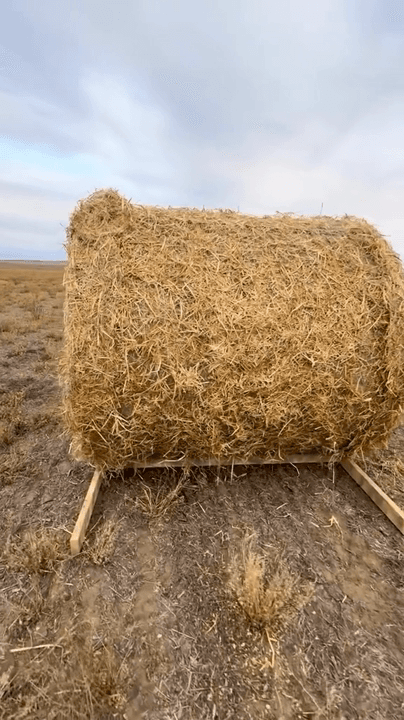
О чём стоит задуматься, чтобы ваша охота была интересной и безопасной: Оружие и снаряжение - Патроны и боеприпасы Описание: Высококачественные боеприпасы для охоты на крупную дичь. Модель: Hornady Precision Hunter 308 Магазин: midwayusa.com Преимущества: Высокая точность и проникающая способность на больших дистанциях. Надежная и предсказуемая баллистика. #hornady #midwayusa #cartridges
Post: 9 October 04:27















































